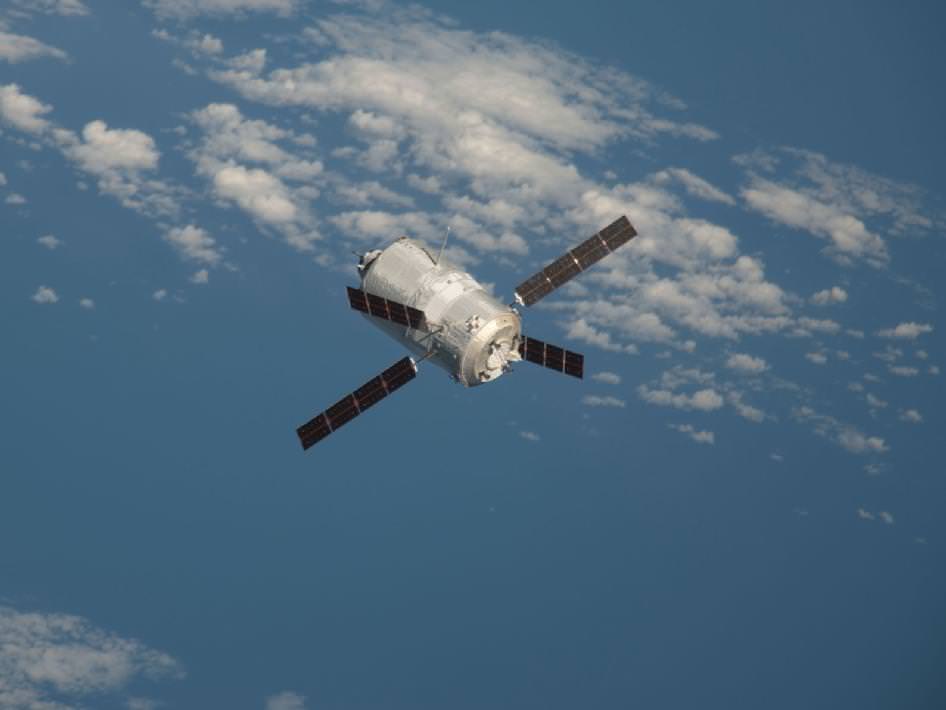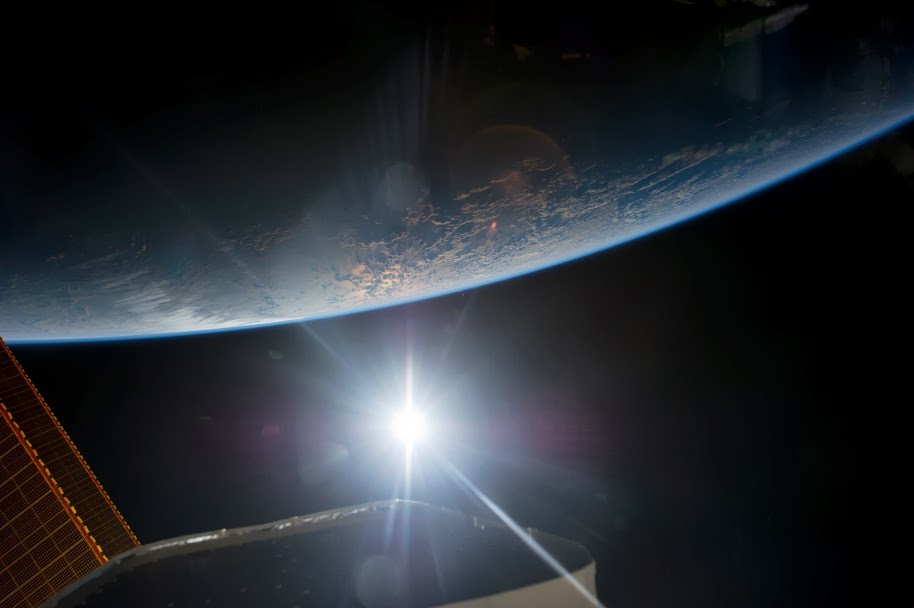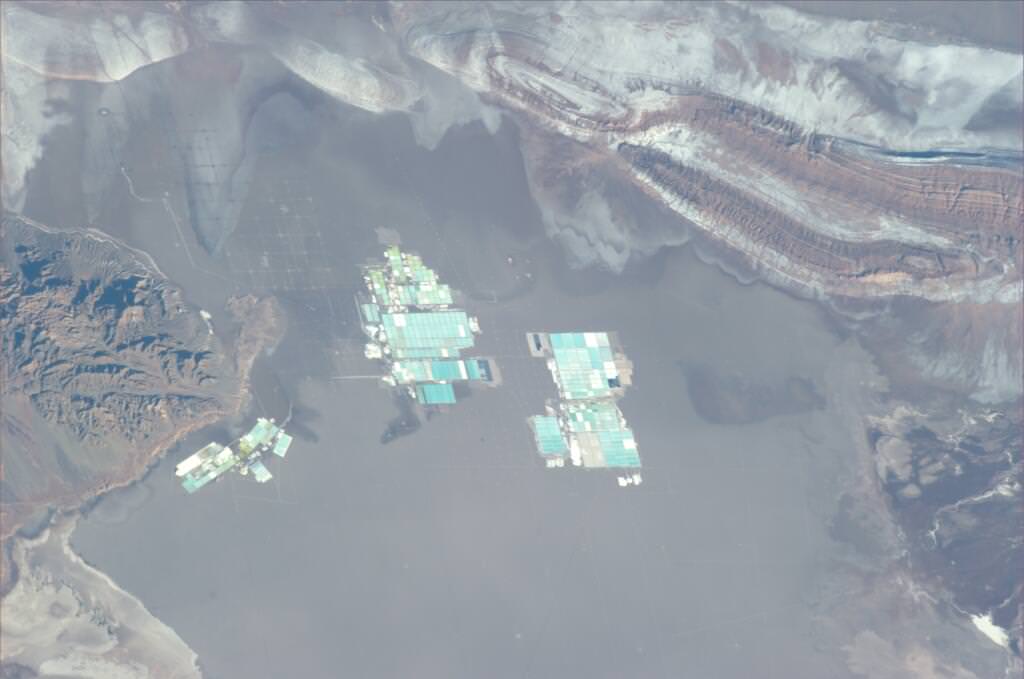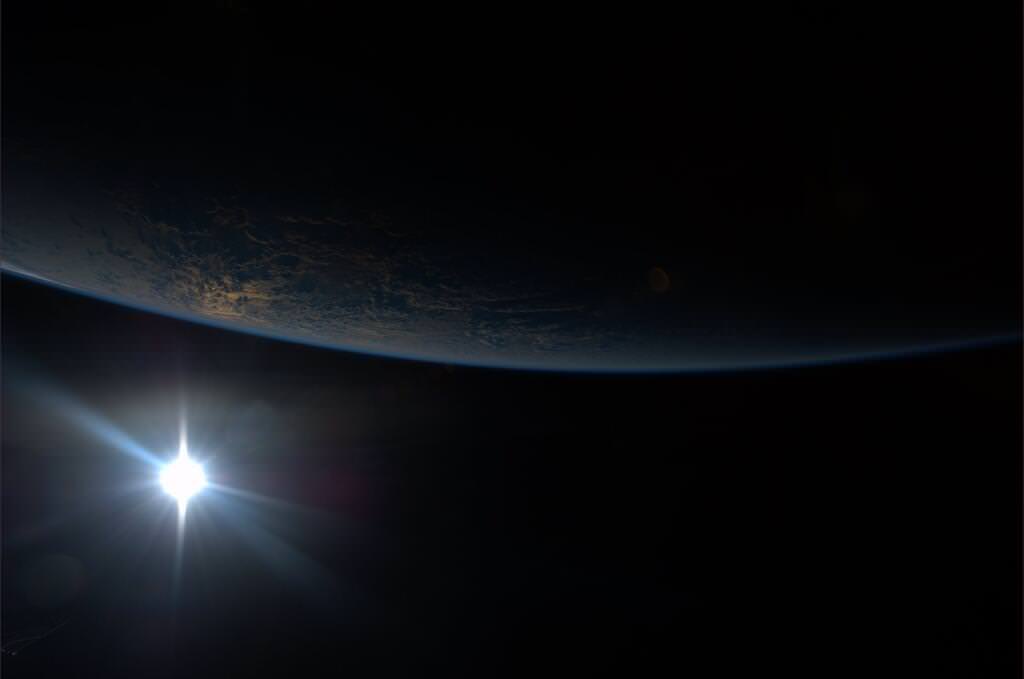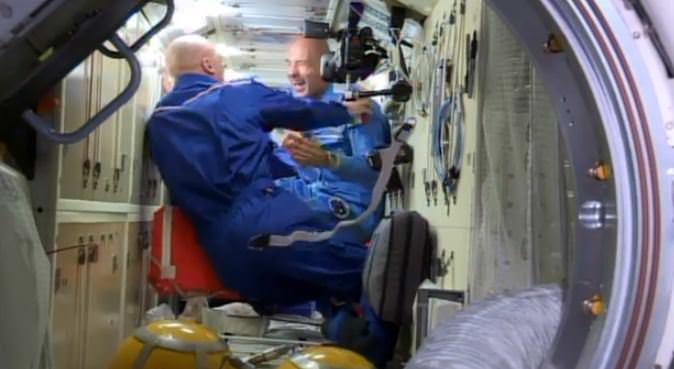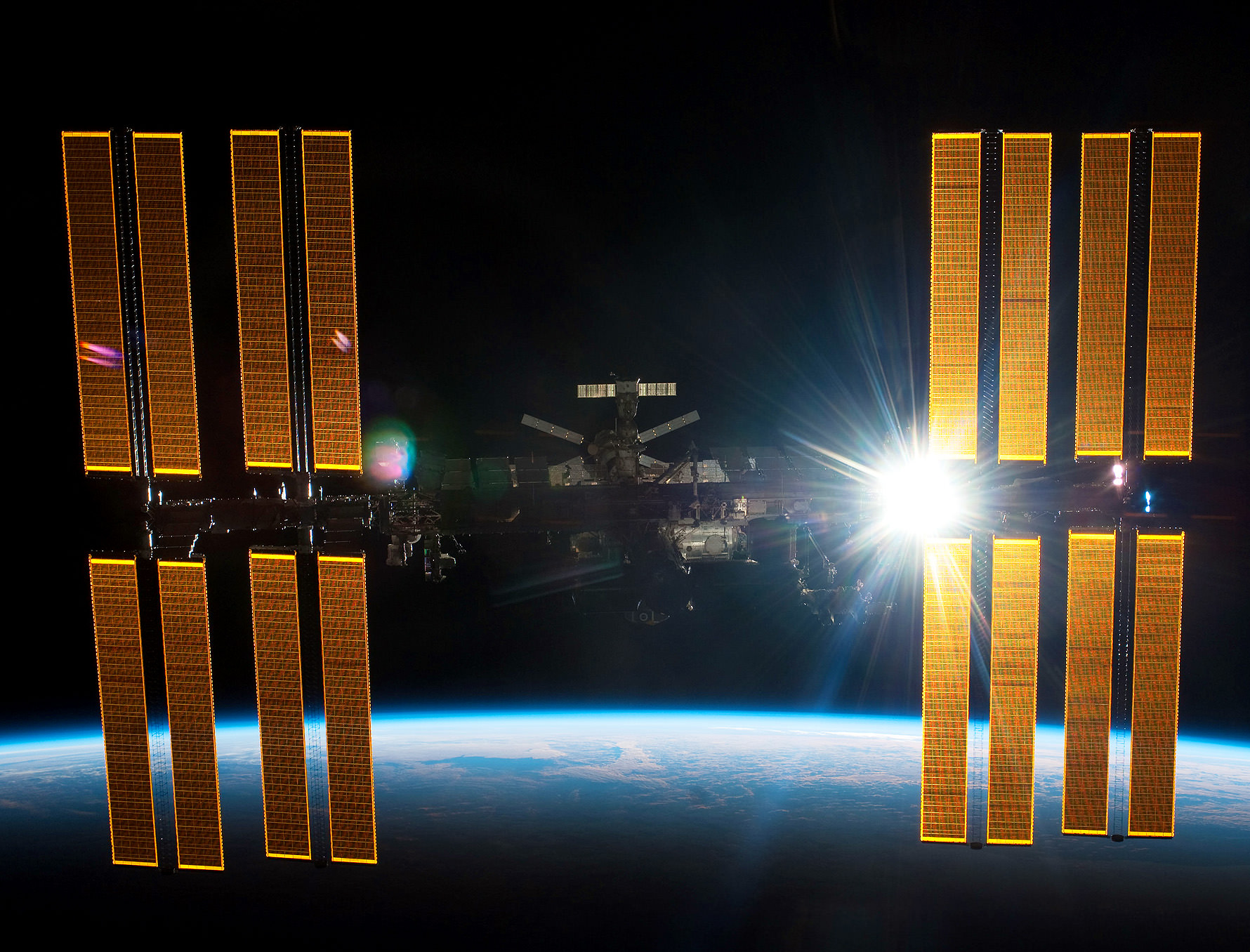On Monday, two Russian cosmonauts conducted a 6-hour, 34-minute spacewalk to prepare for a new Russian module that will be launched later this year. Expedition 36 Flight Engineers Fyodor Yurchikhin and Alexander Misurkin also work on the first module ever launched for the ISS – the Zarya module which has been in space since 1998 – replacing an aging control panels located on the exterior.
The new lab will be a combination research facility, airlock and docking port, and is planned to launch late this year on a Proton rocket.
Watch video highlights of the EVA below:
This was the second of up to six Russian spacewalks planned for this year to prepare for the lab. Two U.S. spacewalks by NASA’s Chris Cassidy and Luca Parmitano of the European Space Agency are scheduled in July.
While Yurchikhin and Misurkin worked outside the ISS, the crew inside the ISS were separated and isolated from each other. Cassidy and station commander Pavel Vinogradov were sequestered in their Soyuz TMA-08M spacecraft that is attached to the Poisk module on the Russian segment due to the closure of hatches to the other passageways on the Russian side of the station which would have made the Soyuz inaccessible if there was an emergency. Parmitano and US astronaut Karen Nyberg were inside the U.S. segment of the station, and were free to move around since entry to their Soyuz vehicle (TMA-09M) was not blocked by hatch closures, since it is docked to the Rassvet module that is attached to the Zarya module.
NASA said the spacewalk was the 169th in support of space station assembly and maintenance, the sixth for Yurchikhin and the first for Misurkin.


